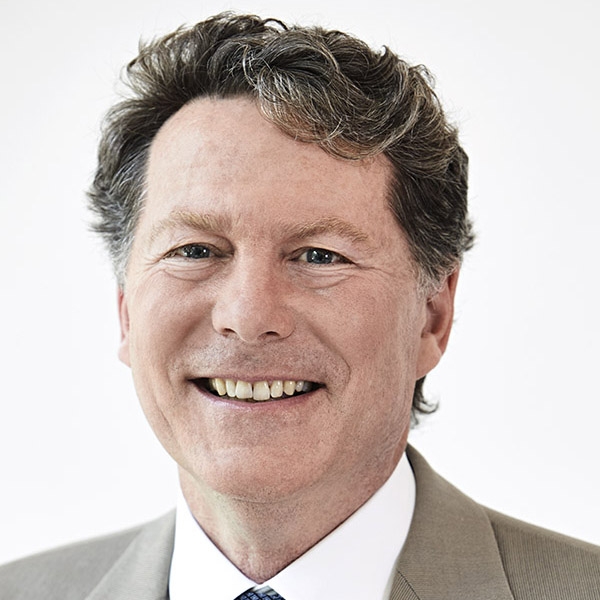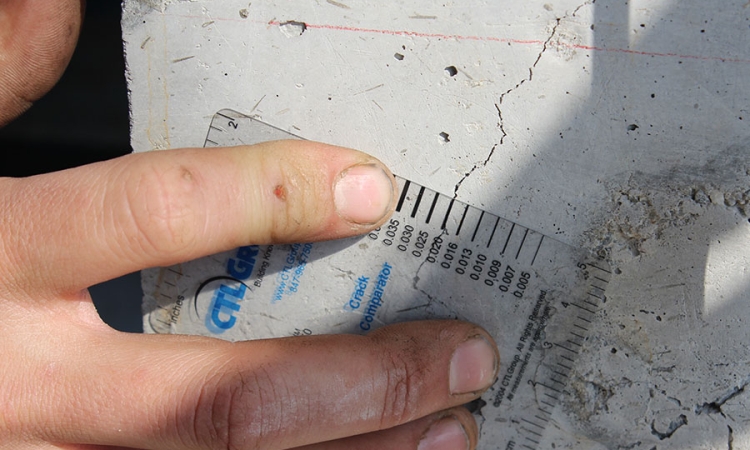
Laurence J. Jacobs is Senior Vice Provost for Education and Learning in the College of Engineering at the Georgia Institute of Technology, Professor of Civil and Environmental Engineering, and Professor of Mechanical Engineering. Dr. Jacobs received his PhD in Engineering Mechanics from Columbia University and joined the faculty of Georgia Tech in 1988. Prior to receiving his PhD, he worked for two years in the aerospace industry and for one year as a structural engineer. Professor Jacobs’ research focuses on the development of quantitative methodologies for the nondestructive evaluation and life prediction of structural materials. This includes the application of nonlinear ultrasound for the characterization of fatigue, creep, stress-corrosion, thermal embrittlement and radiation damage in metals. His work in cement-based materials includes the application of linear and nonlinear ultrasonic techniques to quantify microstructure and progressive micro-cracking in concrete. Dr. Jacobs’ publications have been cited more than 4900 times with an h-index of 39 (Google Scholar), 31 (Scopus) or 28 (Web of Science) and he is a Fellow of the ASME. Professor Jacobs’ research has been funded by DOE, NSF, ONR, AFOSR, DARPA, NASA, US DOT, Georgia DOT, Exxon-Mobil, EPRI, Sandia National Lab and GE. He has been the PI or co-PI on over $8M worth of contracts since 1990. Dr. Jacobs has graduated 16 Ph.D. students (5 women and 2 African Americans) and 65 M.S. thesis students.
Professor Jacobs’ research focuses on the development of quantitative methodologies for the nondestructive evaluation and life prediction of structural materials. This includes the application of nonlinear ultrasound for the characterization of fatigue, creep, stress-corrosion, thermal embrittlement and radiation damage in metals, and linear ultrasonic techniques to quantify microstructure and progressive micro-cracking in concrete.
- Ph.D. in Engineering Mechanics Columbia University 1987
- M.S. in Civil Engineering Polytechnic Institute of New York 1981
- B.S. in Civil Engineering Lafayette College 1979
Professor Jacobs’ teaching is focused on fundamental engineering mechanics classes at the undergraduate and graduate levels, including statics, rigid body dynamics, mechanics of materials, and wave propagation in solids. Professor Jacobs’ research is student-focused and actively involves both graduate and undergraduate students.
1. Herburger, D., Kim, Jin-Yeon, Lark, N., and Jacobs, L.J., “Evaluating effects of microstructure
and porosity on elastic anisotropy of additively manufactured materials using ultrasonic
techniques,” Journal of the Acoustical Society of America, Vol. 157 (3), 2018-2028, 2025.
2. Kumar, Devin, Kurtis, K.E., Jacobs, L.J. and Sherman, R.J. “Comparison of nondestructive
methods for detecting reinforcing bar placement,” Materials and Structures, 58:138, 2025.
3. Burney, D.C., Kim, Jin-Yeon, Kurtis, K.E. and Jacobs, L.J., “Detection of alkali-silica reaction
within large-scale concrete by ultrasound non-collinear wave mixing,” ACI Materials Journal,
121 (6), 2024.
4. Bellotti, A, Kim, Jin-Yeon, VanderLaan, D., and Jacobs, L.J., “Phased array-based nonlinear
wave mixing technique: Application to lack-of-fusion porosity characterization in additively
manufactured metals,” Journal of the Acoustical Society of America, Vol. 156 (2), 1081-1090,
2024.
5. Wang, Junzhen, Schmitz, M., Jacobs, L.J. and Qu, Jianmin, “Deep learning-assisted locating and
sizing of a coating delamination using ultrasonic guided waves” Ultrasonics, Vol. 141, 107351,
2024.
6. Weiss, F., Kim, Jin-Yeon, Kurtis, K.E. VanderLaan, D., Tenorio, C.N., and Jacobs, L.J.,
“Experimental study on the nonlinear mixing of ultrasonic waves in concrete using an array
technique,” NDT&E International, Vol. 143, 103054, 2024.
7. Technical University of Delft, Delft, Netherlands, “Nonlinear wave mixing techniques to
characterize materials,” February 2025 (Invited).
8. Center for Nondestructive Evaluation, Ames, Iowa, “Generation of higher harmonics with
applications to material characterization,” December 2024.
9. American Society of Nondestructive Evaluation (ASNT) Annual Technical Conference,
Pittsburgh PA “Nonlinear wave mixing techniques to characterize material damage,” July 2024.
10. World Congress on Nondestructive Testing (WCNDT) Songdo, Korea “Nonlinear wave mixing
techniques to characterize cement-based materials,” May 2024.
In the News
Pagination
- Current page 1
- Next page



